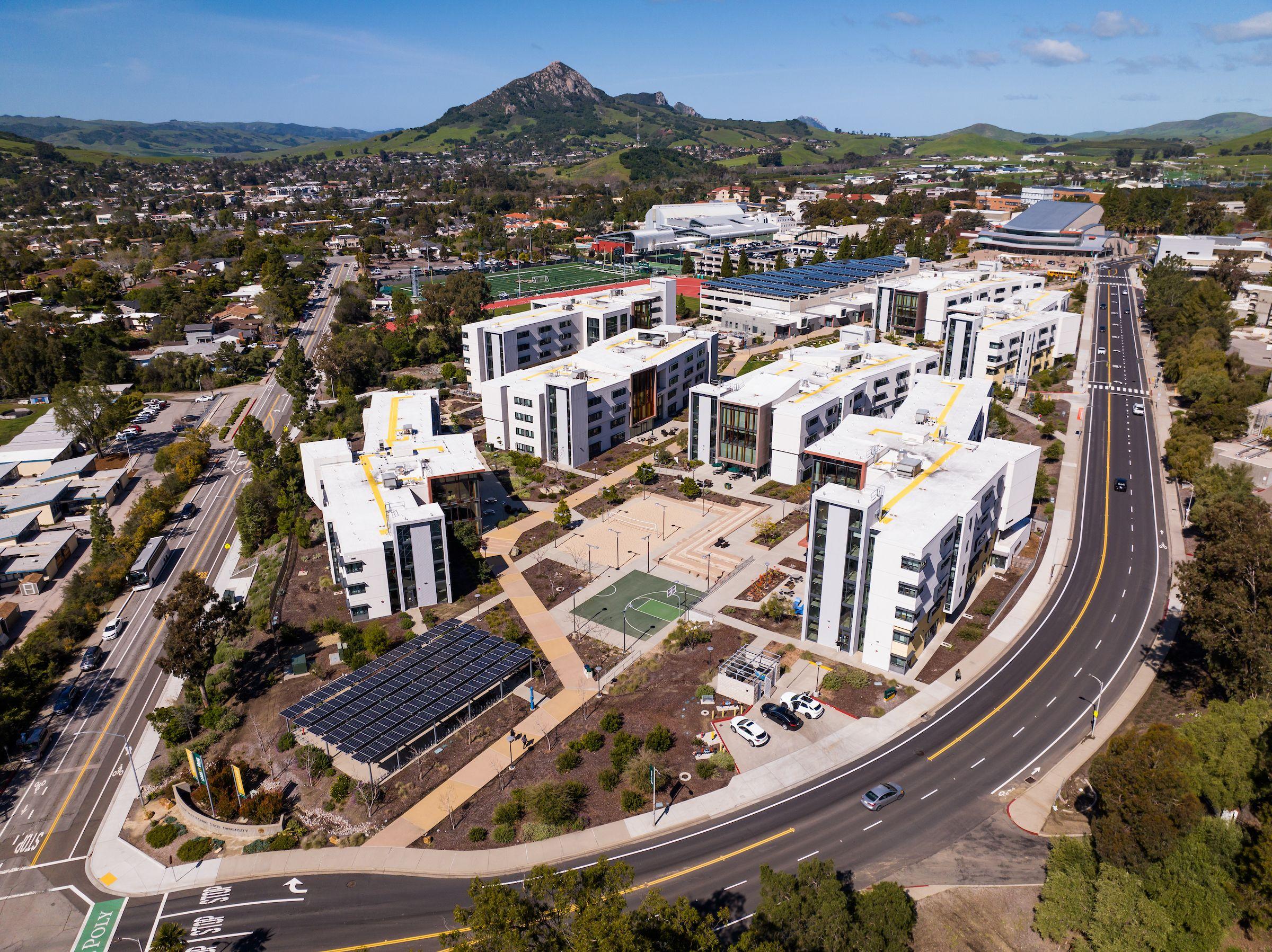The Journey to Zero — achieving net zero by 2045 — is achievable, although not without the help of the Cal Poly community.
The Facilities Energy, Utilities, and Sustainability team is calling on all Cal Poly students, staff, faculty, employees, alumni and friends to join the effort.
Next fall, a new campuswide campaign will launch that will help to raise awareness of Cal Poly’s expansive sustainability efforts and initiatives created to move the university towards net zero.
The campaign, Journey to Zero, aims to promote the numerous efforts taken by the university and the Energy, Utilities, and Sustainability team and inspire action from the entire campus community.
Cal Poly will be considered carbon neutral when it has reduced its carbon emissions to close to zero and offsets the remainder that cannot be eliminated.
Carbon neutrality is measured with a biennial Greenhouse gas inventory that looks at all carbon emissions from energy use, water use, waste, transportation, and any other carbon sources.
As an Association for the Advancement of Sustainability in Higher Education (AASHE) award-winning leader, Cal Poly continues to work tirelessly to reduce the campus’ carbon emissions, using sustainability as a driving force in campus planning and operations.
Cal Poly is committed to leadership in sustainability in both academics and operations. In March 2016, it adopted the AASHE Sustainability Tracking, Assessment and Rating System (STARS) framework for implementing, measuring and improving sustainable practices.
Significant progress has been made since, including:
— Integration of sustainability strategies throughout the 2045 Campus Master Plan (adopted in 2020).
— Update of the campus Climate Action Plan (PolyCAP) to accelerate the path to carbon neutrality.
— Completion of 430 kW of solar PV at the yakʔitʸutʸu student housing complex, and an additional 200 kW planned for installation at the University Union later this year.
— Creation of a High-Performance Buildings policy in Facilities to guide design and construction of low carbon, life-cycle optimized facilities using the LEED certification framework.
— Completion of the 4.5 MW Gold Tree Solar Farm in May 2018. As a result, 22 percent of Cal Poly’s total electricity needs are now being met by on-site solar generation.
— Maintained total campus water usage nearly flat since 2003 despite a 60% growth in building square footage and 100% growth of on‐campus residency over the same period.
A lot of work still needs to be done and this Journey to Zero campaign will help the campus take the next step forward.

